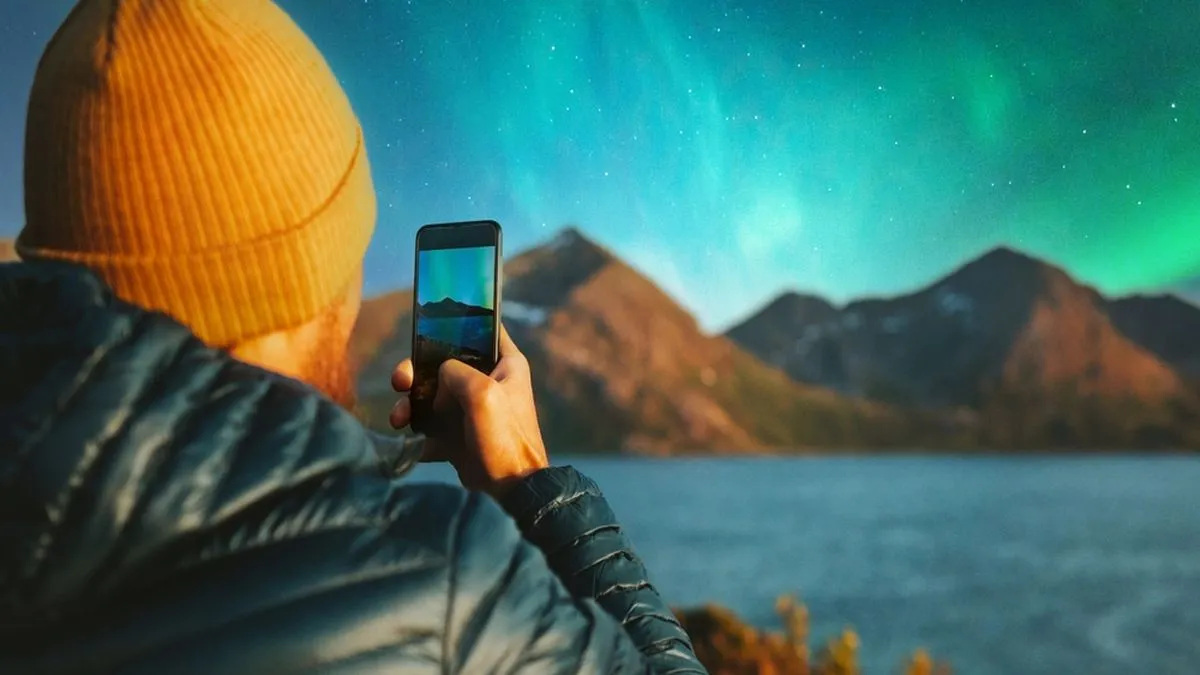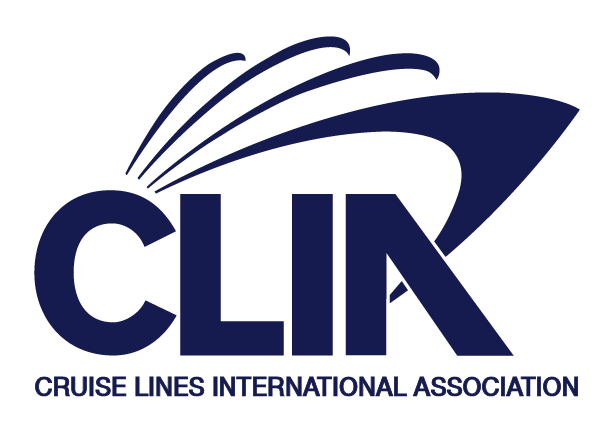How to photograph the Northern Lights
Friday 25 October 2024

The Northern Lights, or the Aurora Borealis as they are officially known, are one of the most breathtaking natural phenomena in the world and one that very few get to witness first-hand. This illusive display of wonder is one that many wish to experience and a Northern Lights cruise is one of the best ways to try and catch a glimpse of the magic. For those who are lucky enough to get the chance to see the lights, then capturing the moment to reminisce about for years to come is a great way to treasure the memories. In this guide, we take you through some simple tips about photographing the Northern Lights; keep reading to find out more.
What are the Northern Lights?
The Northern Lights are solar flares caused by a reaction with the Earth's magnetic field. Charged particles collide with the atmosphere, causing flashes of coloured light to dance across the night sky. The lights are most commonly green but can be blue, pink, violet and white, depending on the altitude and gases involved in the reaction. The lights primarily appear around the north and south poles due to the fast-paced solar wind and the pole's proximity to the strongest areas of the magnetic field.
Top tips for photographing the Northern Lights
· Know the best times of year to photograph
· Invest in a tripod
· Familiarise yourself with your camera settings
· Think about your lens choice
· Be patient
Know the best times of year to photograph
The Aurora Borealis are elusive, and to be in with a chance of catching a glimpse of them, you need to know what time of the year will offer you the best chance. The winter months are the best time to see the lights due to the longer and darker nights, these being between September and late March. If you’re looking to head out for a night of gazing, then the recommended times are 9pm and 2am, when the lights are most active, with the best sightings occurring between 11pm and midnight.
The Northern Lights can be spotted in various locations, not just in Norway. Sightings have been seen in Iceland, Sweden, Finland, Canada, Alaska, Russia, Southern Greenland, and Northern Scotland on rare occasions.
READ MORE: 10 interesting facts about Norway
Invest in a tripod
 Familiarise yourself with your camera settings
Familiarise yourself with your camera settings
If you’re looking to snap a shot of the Northern Lights whilst on a cruise, then there are a few things to consider and a few tips which will enable you to catch the best pictures possible.
Firstly, you will want to consider what sort of camera you have and the sort of quality you will be able to capture. You will be able to capture images on a mobile phone, but if you’re looking to get high-quality shots, then you are wise to pack a digital camera that will enable you to capture the finer details and adjust the settings to suit the conditions. Bronwyn, who blogs on her website, Bronwyn Townsend, spoke to us about photographing the lights and adjusting settings to fit:
“My biggest piece of advice when photographing the northern lights is to make sure you're familiar with your camera's settings before you're out in the field. Understand how aperture, shutter speed, and ISO interact and what each of those settings do. This will ensure you're less stressed when trying to shoot the Aurora. There’s no one-size-fits-all, as every scene and light show will be different, but a good place to start is setting your aperture wide to f/2.8, ISO to around 1600, and a shutter speed of around 10-15 seconds. From here, pay around with shutter speed and ISO to get your desired results. But make sure to keep your aperture wide.”
As you are photographing in the dark, adjusting settings such as shutter speed and aperture is important, so if you’re looking for crisp images, then it is worth familiarising yourself with these prior to your trip.
Think about your lens choice
If you have a digital camera and are planning to take it on your Northern Lights cruise, then there are a few different lens options you can purchase to make your photos extra special and the highest quality. Lenses allow you to adjust the frame of a camera, and one of the best lenses for capturing the lights is a wide lens. For this sort of activity, it is recommended that you choose a wide-angle lens with an aperture below F3.5. Below are some of the lenses that are recommended:
· Laowa 15mm F2.0 Zero-D
· Samyang 16mm F2.0
· Sigma 24mm F. 1.4 Art
· Sigma 18-35mm F. 1.8
· ROKINON 14MM F/2.8.
Be patient
As with any photography, but especially when photographing something so elusive, you must remember to be patient. There is no guarantee that when travelling to Norway or any Scandinavian country, you will actually get a light sighting, and many people have to visit multiple times to allow them to get an experience worth photographing. Don’t be disheartened if you don’t get to see them the first time; this just means you will have to book another cruise holiday in 2024!
Planning an upcoming trip to Norway or Iceland to see the lights is an incredibly exciting prospect, if you haven’t already booked your Norway cruise and this article has inspired you, then why not start planning today.


